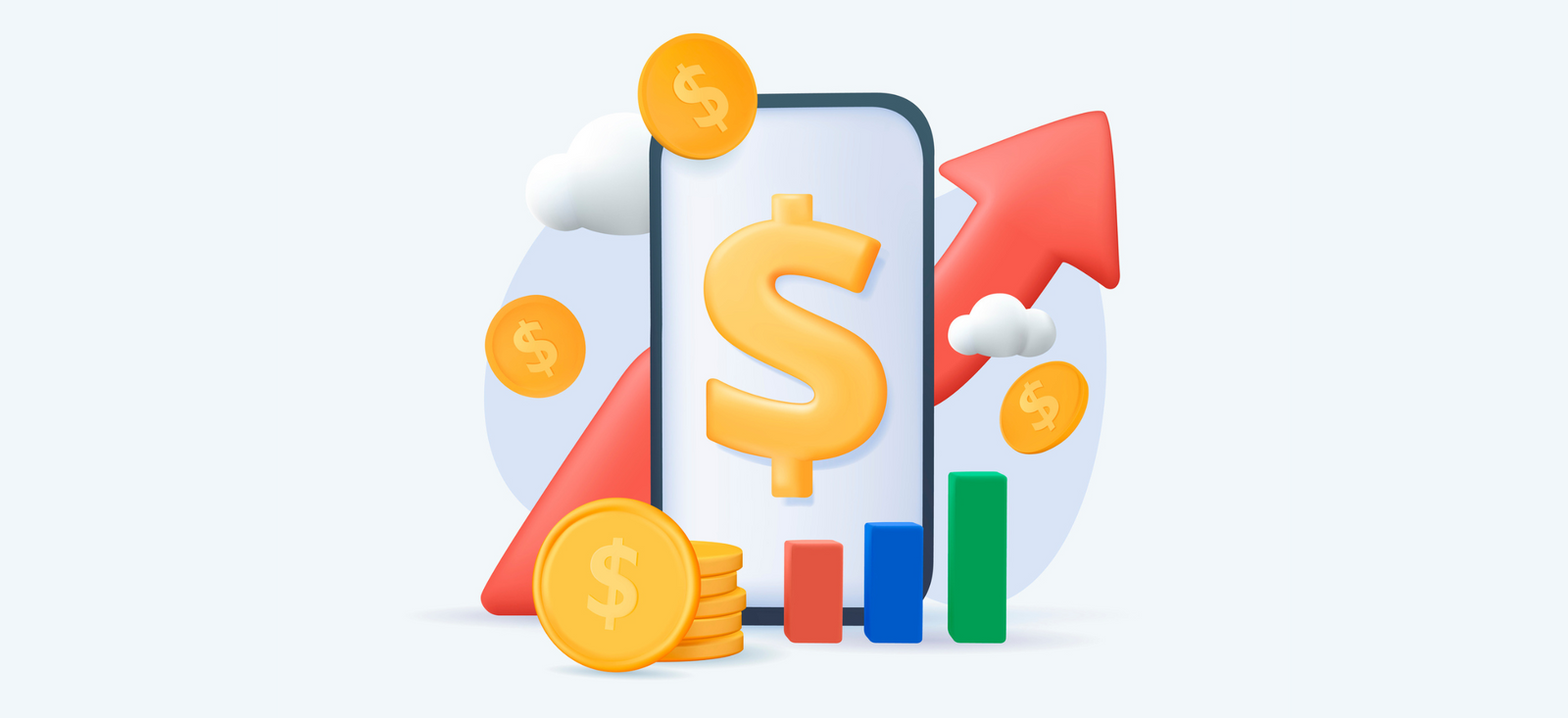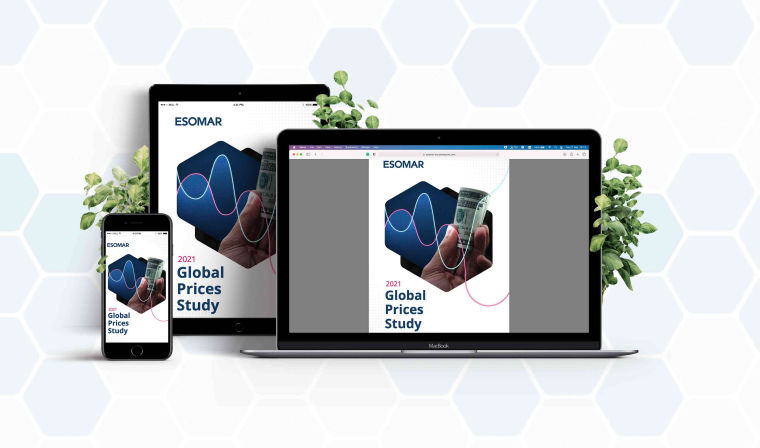Two cents on the price of research
Inflation and a strong US Dollar are two big factors to consider when examining the prices reported in the Global Prices Study 2023

Article series
Global Prices Study
- Is the “Right Price” in the room now?
- Two cents on the price of research
- Is online research becoming costlier?
- Internalisation of research and its impact on social listening projects
- Challenges in recruiting participants and its impact on the cost of online modes
- Advantages and challenges of running a Random Probability Project
- Rising cost of market research professionals: skill shortage or rising inflation?
- An insight into the rising demand for Data Analysts
- The future of F2F and CATI
ESOMAR’s recently released Global Prices Study 2023 shows that the world is returning to normal (AKA pre-COVID) trends. The jumps (up and down) in prices we saw in 2021 (compared with earlier trends) have largely been reversed but not in full.
Two of the key global features we need to consider when looking at the 2023 figures are inflation and the change in the value of the US Dollar.
Inflation has returned to the major economies, having been absent for many years. According to the World Bank, the global inflation rate from 2021 to 2023 was about 16%. The inflation rate in individual countries could be higher or lower than that. This means a zero ‘real’ price increase from 2021 to 2023 would be an actual (or nominal) price increase of 16%. Anything less than 16% is, in effect, a reduction in the ‘real’ price.
From 2021 to 2023, the US dollar has increased in value against most major currencies. For example, the Dollar increased about 12% against the Euro. Since the Global Pricing Study quotes prices in US Dollars, this will tend to make prices from non-US Dollar countries appear cheaper.
Despite the impact of inflation and the increase in the strength of the US Dollar, results from the report show that the pre-Covid trends are returning. We see that CATI and Face-to-face continue to be offered by fewer agencies. We see quantitative research prices tending to increase and qualitative prices tending to be squeezed down. Business-to-business research is perhaps becoming even more of a speciality, and prices for B2B appear to be going up faster than for quant research with consumers.
The charge rates for professional staff are roughly where they were in 2016, in nominal terms. This is much higher than in 2021 but not as high as in 2018. This is a good example of what we mean by saying that despite inflation and changes in the value of the US Dollar, the price trends are returning to their pre-Covid levels.
If we look forward to 2025, I expect CATI and F2F to be offered by fewer agencies, and I expect to see prices rising to take inflation into account fully. However, if economies can be found, perhaps aided by AI, then we might see prices rise by less than would be predicted by history and the state of the market.
There are some notes of concern in the data regarding the quality of research and the financial stability of the client/agency model. For example:
Although there is a recognition that multiple languages should be used in countries where consumers use multiple languages, there is clearly some pressure to cut corners and use too few languages.
Almost all online panels cannot offer an approximation of random probability sampling. However, there seem to be a considerable number of agencies willing to offer an online service, described as random probability sampling.
In terms of providing additional, unbudgeted presentations, many agencies described this as something they would not charge for. Depending on how their overall charges work, this could be an unsustainable model, resulting in well-behaved clients subsidising awkward clients.
My final reflection relates to the consultancy project and to the advanced reporting of social media analysis. In an age of automation, we might hope to see more agencies carving out a value-added niche, but the limited number of responses for these two options suggests otherwise.
Ray Poynter, the founder of NewMR, was the project mentor for the Global Prices Study 2023.
Want to learn more about the Global Prices Study?
Now that you know Ray’s two cents on the price of research, are you curious about your agency’s prices compared to the median prices at global, regional, and local levels? Head over to ESOMAR’s Global Prices Study 2023 to download the report as well as the data tool to benchmark your agency’s prices.
The report also includes relevant topics for the industry, such as the cost of standalone F2F/virtual presentation, the choice of data collection methodologies, and the evolution of professional tariffs. A must-read for both suppliers and buyers in the industry, available on the ESOMAR website.
Ray Poynter
President at EsomarRay has spent the last 45 years at the intersection of insights, research, and new thinking. Ray has held director-level positions with companies such as The Research Business, IntelliQuest, Millward Brown, and Vision Critical. Ray is committed to the research and insights industry, having been a member of ESOMAR for over 30 years and a fellow of the MRS.
In recent years Ray’s work has focused on training, writing, speaking and sharing. Ray has run training workshops for a variety of national and international organisations, including RANZ, TRS, JMRA, MRS and ESOMAR. Ray has written textbooks, taught at Saitama and Nottingham Universities, regularly blogs, and is active on social media.
In 2023, Ray was elected President of ESOMAR.
Article series
Global Prices Study
- Is the “Right Price” in the room now?
- Two cents on the price of research
- Is online research becoming costlier?
- Internalisation of research and its impact on social listening projects
- Challenges in recruiting participants and its impact on the cost of online modes
- Advantages and challenges of running a Random Probability Project
- Rising cost of market research professionals: skill shortage or rising inflation?
- An insight into the rising demand for Data Analysts
- The future of F2F and CATI


